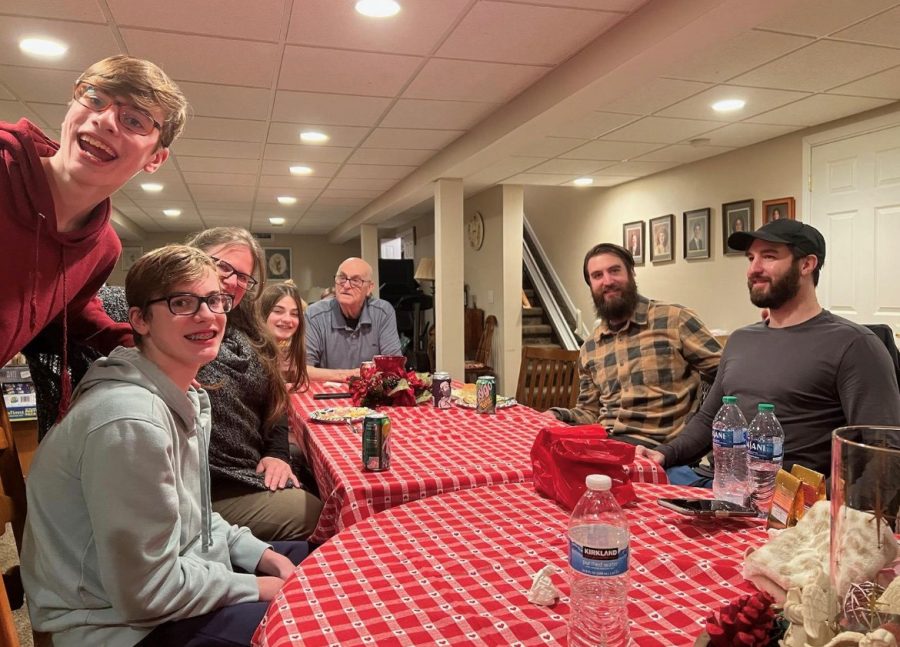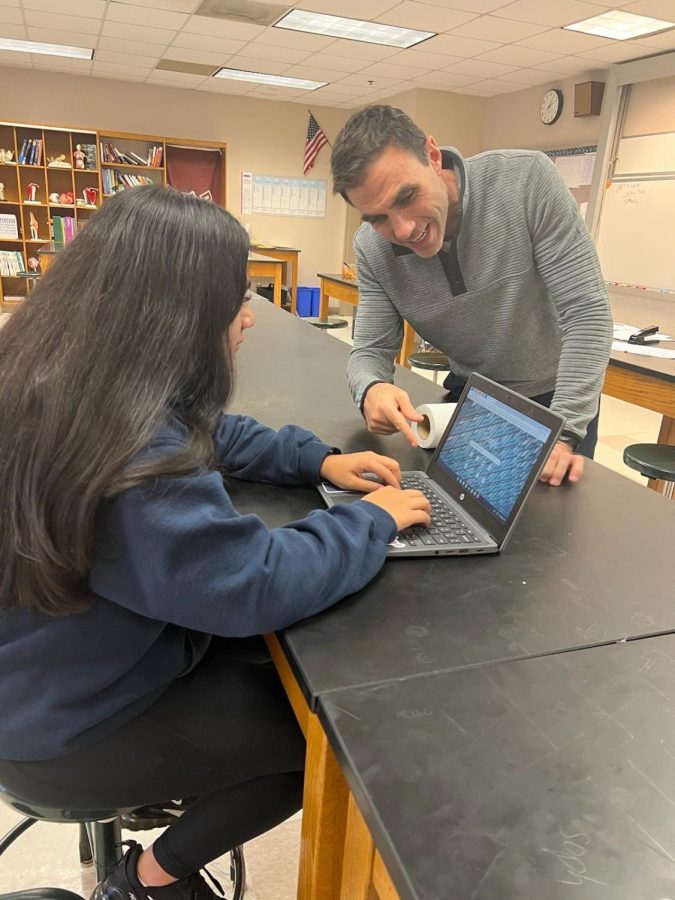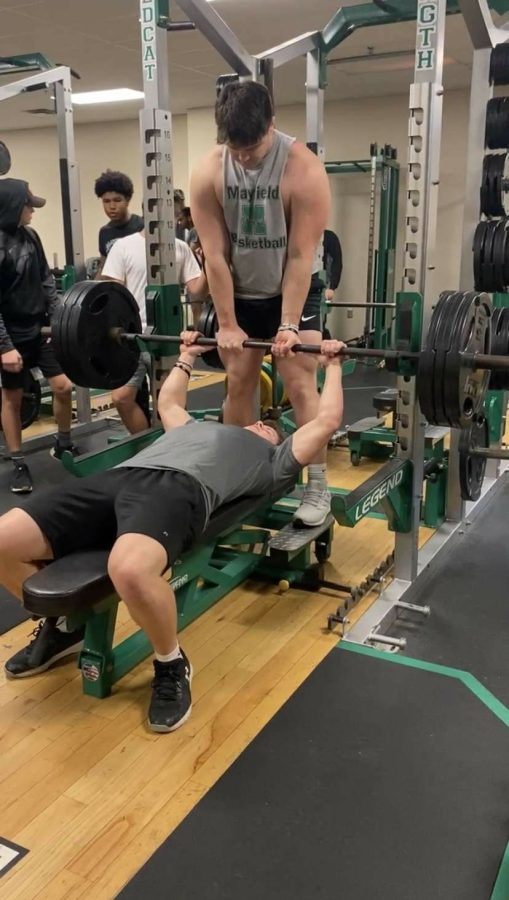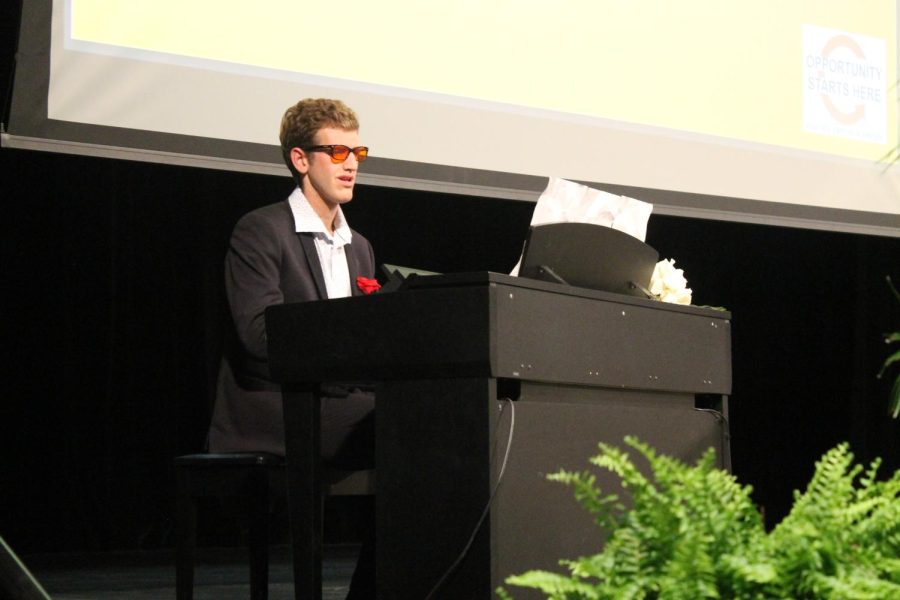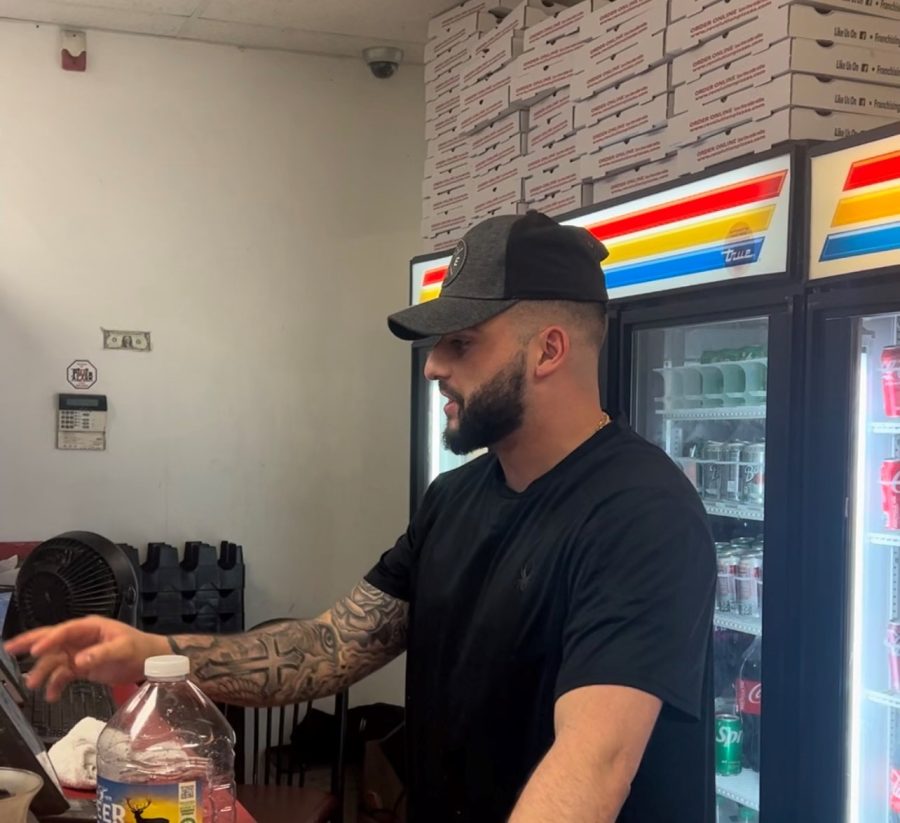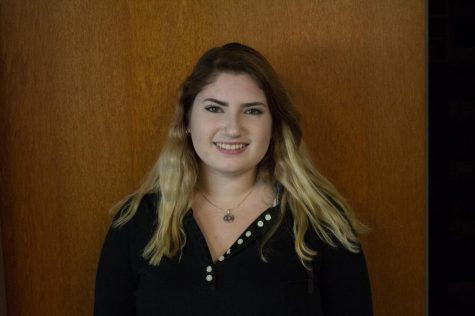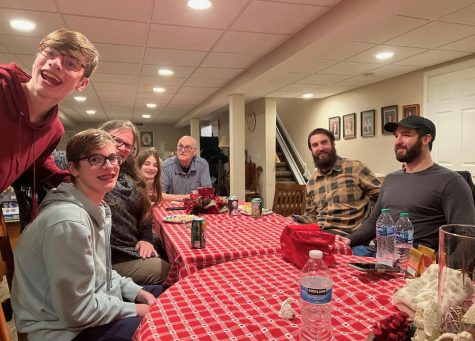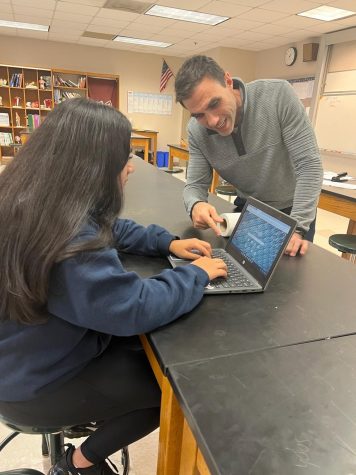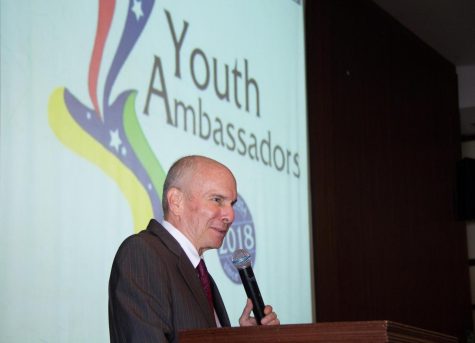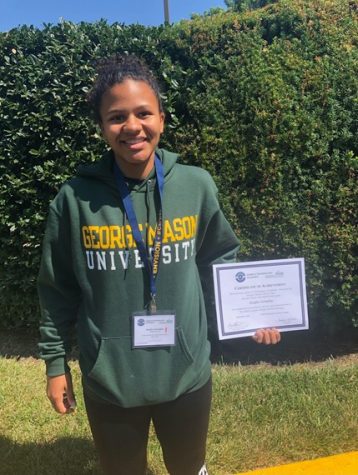Mayfield Hts. resident has a past with autism
October 2, 2016
Dena Farbman used to work with kids with autism and it changed her life in all aspects.
Farbman gained interest in children with autism and said that she actually “fell into working with kids with autism and then when I started I thought it would be quite neat.”
She later explained that once she began seeing the results in the children and the way they were reacting to the things she was doing, she quickly learned that this was something really exciting.
Farbman spoke about her first case with Lizzie and Paul. The kids’ mothers had been working on recruiting people to help with their kids, even going to the lengths of having the phone numbers that were advertised be Lizzie’s and Paul’s so that they immediately knew that the call was related to their children.
Lizzie and Paul were a particularly new experience for Farbman because both children were nonverbal. When she first met them, Farbman immediately decided that doing the job would be fun but she would never be able to present in front of a hundred of people such as the behavior analyst, Jackie.
Farbman said, “Later in life I presented in front of a hundred people and I thought back to how Jackie did it and I thought, ‘yeah, I’ve come a long way.’”
On the first day of the job with Lizzie, Farbman talks about how all the other people training under Jackie were nervous because of the stressful environment and proceeded to disregard their training and give in to the crying child.
When Farbman’s turn was up, she said, “And I just went in and I just ignored that she was crying and continued working with her. She was responding and I was being all excited for her. She was doing great and I was like, ‘OMG I can do this!’”
One of Farbman’s first independant cases still leaves her feeling accomplished to this day.
She worked with a nonverbal child named Sam Kaplan from the ages of three to five and recently had a phone conversation with him. He currently is a 22-year-old who graduated from college and is starting his Master’s program in Forensic Science. He fully intends to testify in court cases and has no anxiety about it.
His mother, Barbara Kaplan, said that “Dena implemented the drills for Sam” and therefore “he didn’t really have much interaction with her but had interaction as a result of her.”
Another case of Farbman’s that emotionally impacted her was with a child that was physically exhausting.
There were nine other people in the room who were there to work with the child and Farbman said, “I had felt this sense of all these people have been sitting here, watching me, doubting me, thinking, ‘Oh this is awful, this is never going to work, this is crazy, what the hell is she doing?’ And then it was, ‘Oh”.
Farbman said that working with the children changed who she is today.
Now working in a different field of management, Farbman breaks down tasks into step by step instructions for her transcribers, a task which she had to use every time she would instruct a child she was working with.
Pam Hosmer, the mother of another child that Farbman worked with, said that working with Farbman was a unique experience. Hosmer said, “Her way of thinking was different than I had experienced with other people because of the work she did in Ireland and Israel. It felt good to try these other options, do different things that could possibly work.”
Farbman said, “I also spent so much time working and thinking about what was reinforcing the children. So reinforcement, you know we think about it as being all the good things. Tickles and cheers and stuff like that but reinforcement can be anything as long as it’s increasing the likelihood of the good behavior occurring again.”



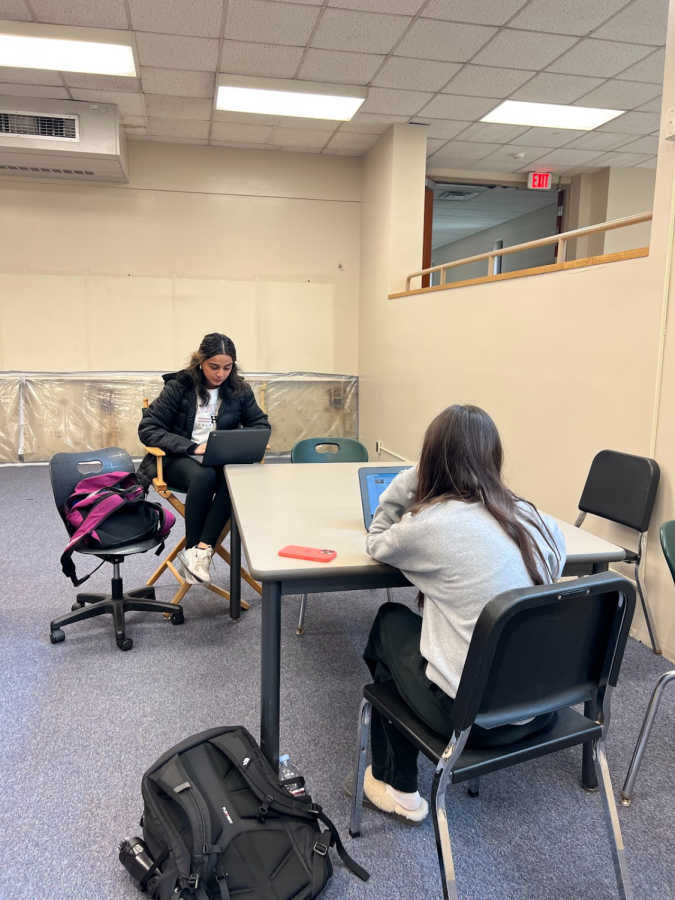

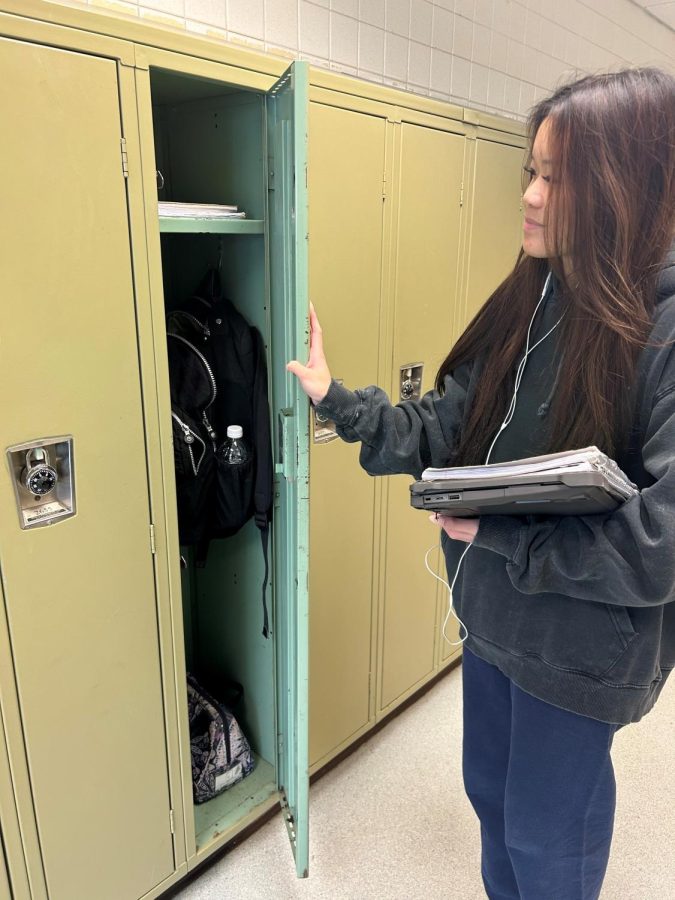
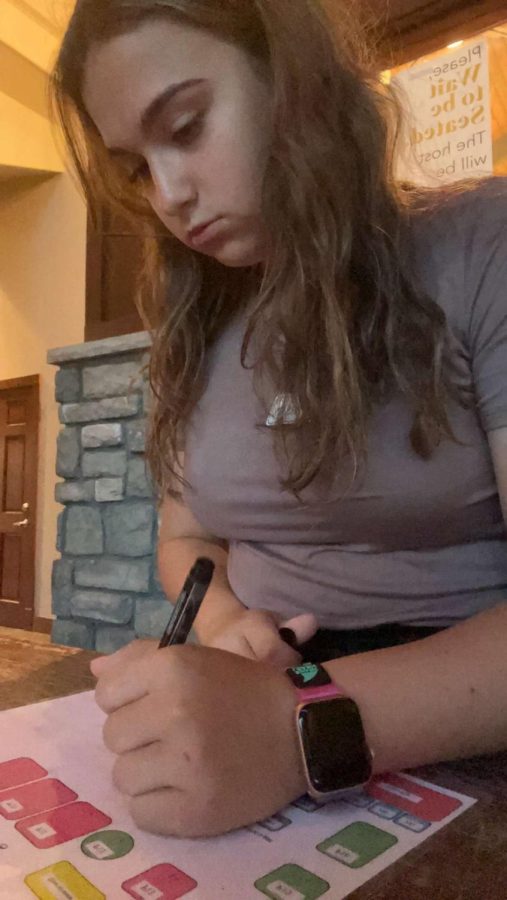


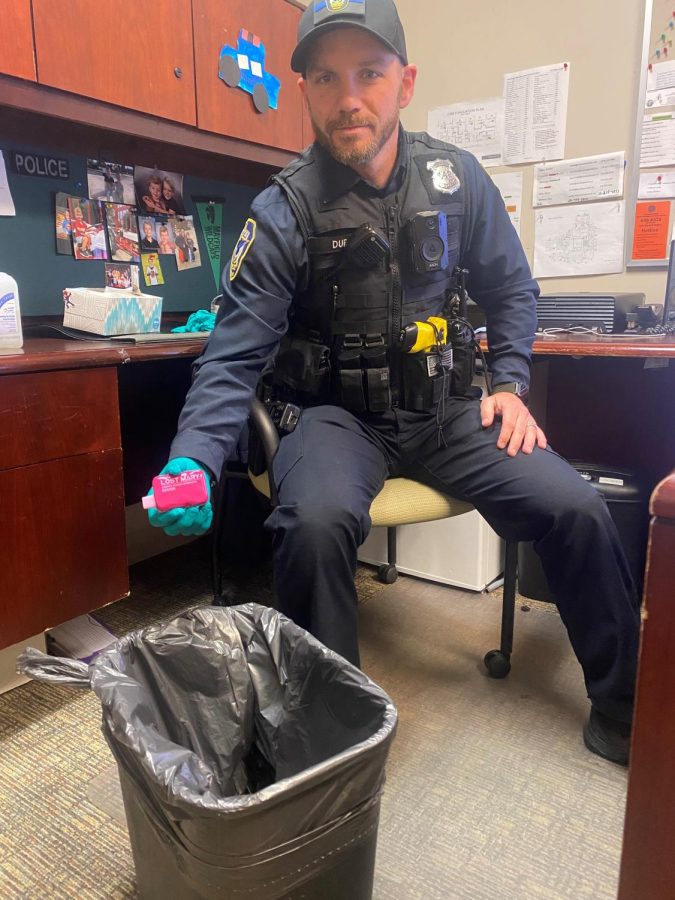
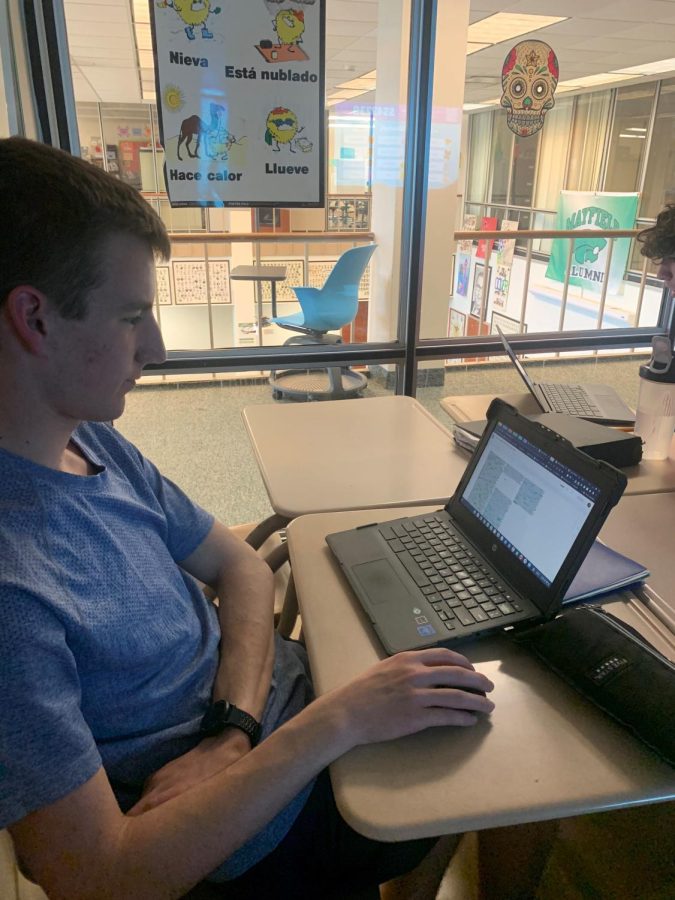

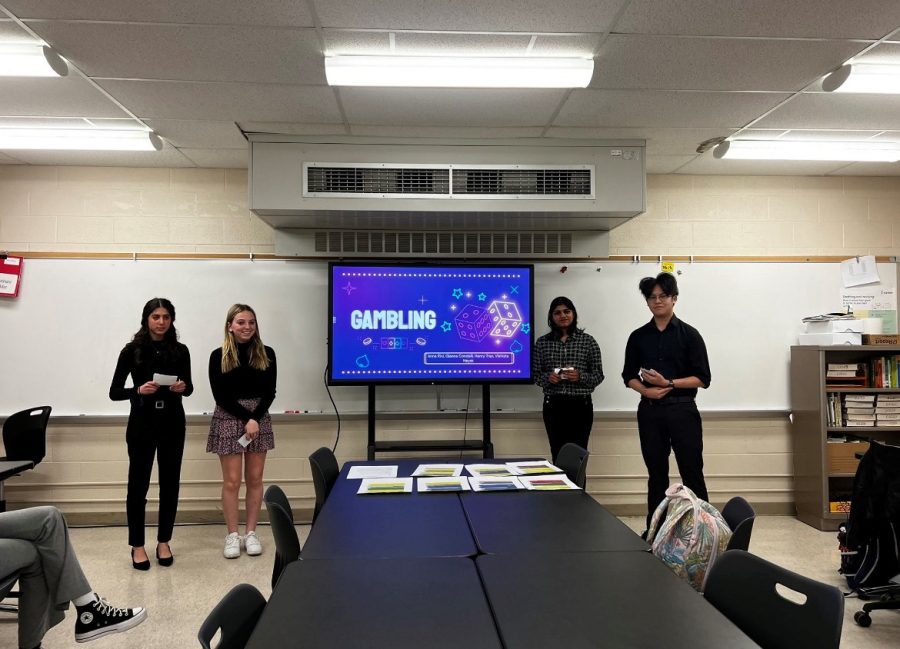
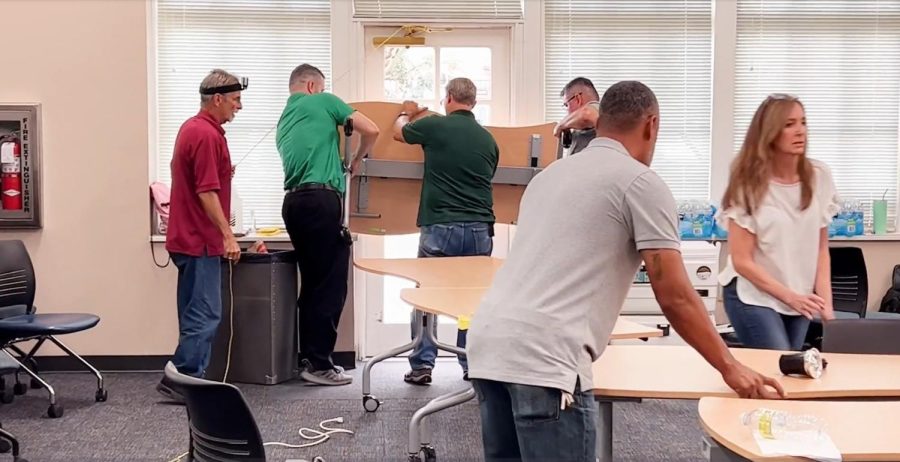

![Russian president Vladimir Putin took action to invade Ukraine on Feb. 24. According to the PBS Frontline episode Putins Revenge, Putin is obsessed with his image and how he and his countrys actions are portrayed. The Atlantics Julia Ioffe said, [Putin] watches tapes of the evening news over and over and over again to see how he’s portrayed, to see how he looks.](https://pawprintnews.org/wp-content/uploads/2022/04/putin-5277284_1920-900x596.jpg)

